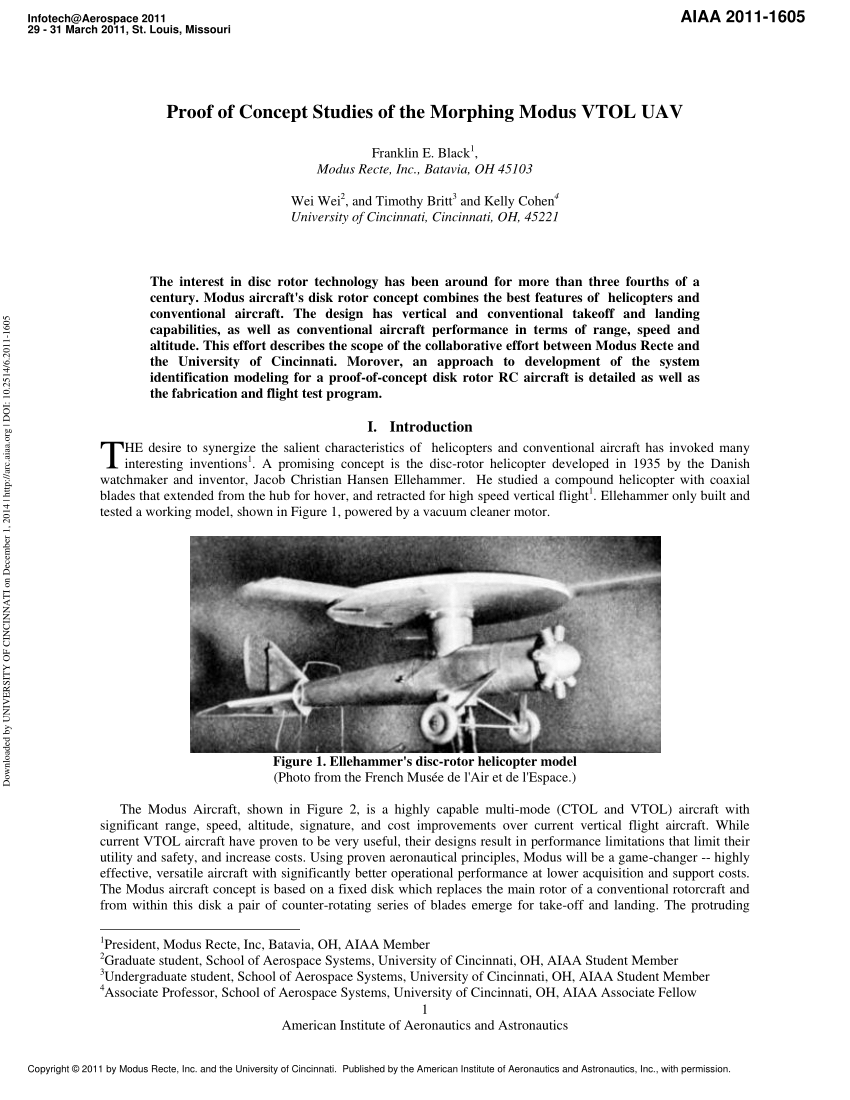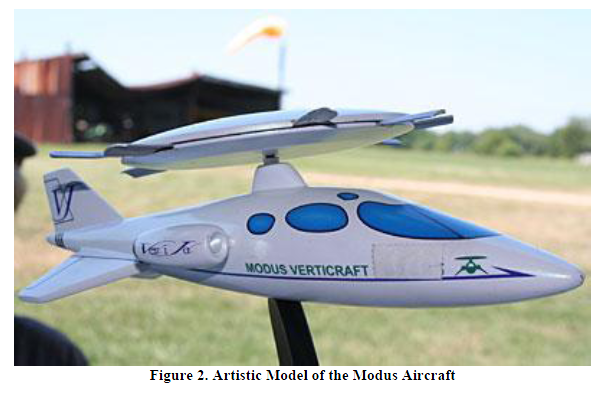- Joined
- 26 May 2006
- Messages
- 34,902
- Reaction score
- 15,776
Hi,

 www.researchgate.net
www.researchgate.net

(PDF) Proof of Concept Studies of the Morphing Modus VTOL UAV
PDF | The interest in disc rotor technology has been around for more than three fourths of a century. Modus aircraft's disk rotor concept combines the... | Find, read and cite all the research you need on ResearchGate

